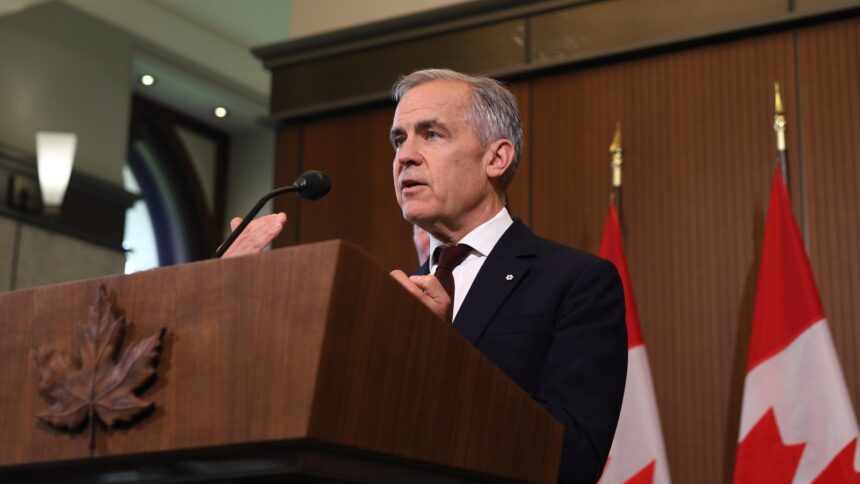In a decisive legislative push that could reshape Canada’s infrastructure landscape, the House of Commons voted yesterday to pass Bill C-5, the government’s ambitious infrastructure reform package designed to accelerate major building projects across the country. The legislation marks a significant shift in how Canada approves and implements critical infrastructure, potentially slashing years off development timelines while sparking both celebration and concern among various stakeholders.
“This represents a fundamental reimagining of how we build in Canada,” said Infrastructure Minister Sean Fraser during the final debate. “For too long, worthwhile projects have languished in regulatory purgatory. Bill C-5 maintains environmental protections while ensuring we can deliver the housing, transit, and clean energy infrastructure Canadians desperately need.”
The legislation, which now heads to the Senate for final approval, creates a new designation for “projects of national significance” that would benefit from streamlined approval processes. These could include major housing developments, renewable energy facilities, critical minerals projects, and transportation infrastructure—all sectors the government has identified as crucial for economic growth and climate objectives.
Critics, however, warn that accelerated timelines could undermine environmental assessments and Indigenous consultation. Green Party parliamentary leader Elizabeth May expressed concerns during debate that “speed should never trump substance when it comes to environmental protection.”
According to analysis from the Parliamentary Budget Office, the average major infrastructure project in Canada currently takes 7-10 years from conception to completion, with regulatory reviews accounting for approximately 40% of that timeline. The government projects that Bill C-5 could reduce total project timelines by up to 30% for qualifying initiatives.
The legislation also establishes a new Infrastructure Project Bank to provide technical expertise and potential financing for priority projects. With initial capitalization of $3.5 billion, the bank aims to mobilize private investment alongside public funds to address Canada’s estimated $400 billion infrastructure deficit.
Business groups and construction industry associations have largely welcomed the changes. “This legislation acknowledges what we’ve been saying for years—Canada’s approval processes have become too cumbersome to deliver the infrastructure we need,” said Mary Van Buren, president of the Canadian Construction Association. “We can maintain high standards while eliminating duplicate processes and unnecessary delays.”
Indigenous leaders have offered mixed reactions. While some see opportunities for economic partnerships, others worry about potential limitations on consultation rights. “Any streamlining must respect our constitutional rights to meaningful consultation,” said Regional Chief Terry Teegee of the British Columbia Assembly of First Nations. “The devil will be in the details of implementation.”
Environmental groups remain concerned about potential sacrifices to thorough impact assessments. “We understand the need for housing and clean energy infrastructure,” said Julia Levin of Environmental Defence. “But rushing projects through without proper scrutiny risks repeating historical mistakes that have led to environmental degradation.”
The bill passed with support from the governing Liberals and Conservatives, though for different reasons. Liberal MPs emphasized the legislation’s focus on accelerating green infrastructure, while Conservatives supported streamlining bureaucracy but criticized what they called insufficient measures to fast-track resource development projects.
As the legislation moves to the Senate, provincial governments are preparing for negotiations on implementation frameworks. Bill C-5 requires provincial cooperation through harmonized assessment processes for projects crossing jurisdictional boundaries.
With Canada facing multiple crises requiring rapid infrastructure development—from housing shortages to climate change adaptation—the question remains: can we build both quickly and responsibly? The answer may determine whether Bill C-5 becomes a transformative success or a cautionary tale in Canada’s infrastructure journey.
For more on Canadian political developments, visit CO24 Politics or for business implications, check CO24 Business.


















